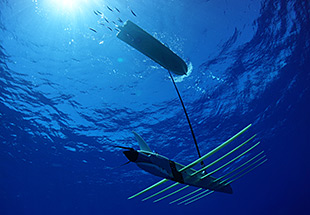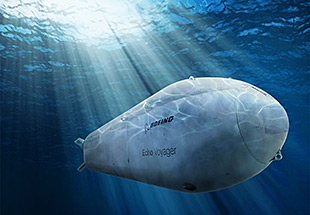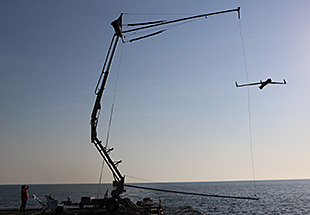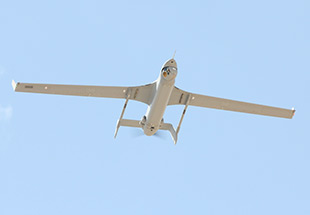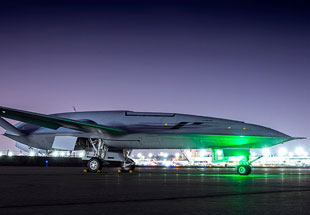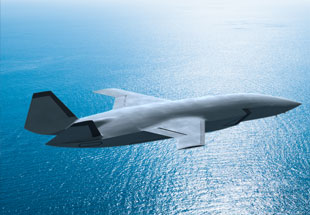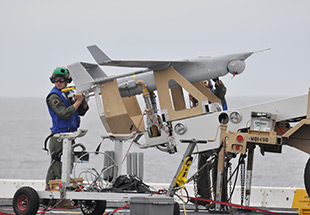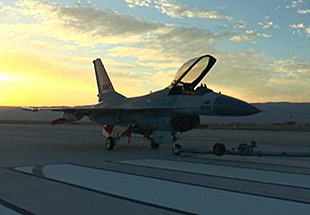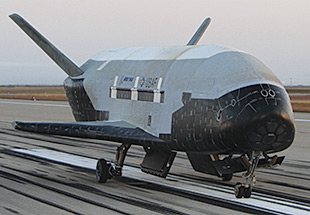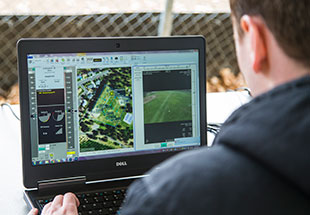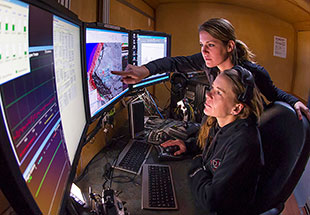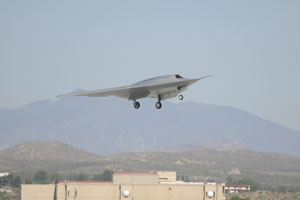Autonomy has the potential to revolutionize the way humans connect, protect, explore and inspire.
But autonomy is about more than just the latest unmanned product.
It’s about purposeful innovation in areas like persistence and intelligence. The true value of autonomy lies in its ability to help customers stay on mission longer, cover more area and provide more immediate, actionable knowledge – prioritizing manpower for the most important actions and decisions.
It’s about understanding the challenges of certain missions … knowing the systems already in place … and having the ability to integrate intelligent and flexible autonomous solutions to help make existing systems smarter, missions safer and operations more efficient.
It’s about applying that power of autonomy from seabed to space – because the potential to communicate and collaborate across domains in real-time can revolutionize how humans approach some of the world’s most pressing challenges.
For 100 years, Boeing has led manned and unmanned technology innovation and integration from sea to air to space. Autonomy will define the next 100 years – and Boeing is driving the safe innovation and integration of autonomy to maximize human potential.

